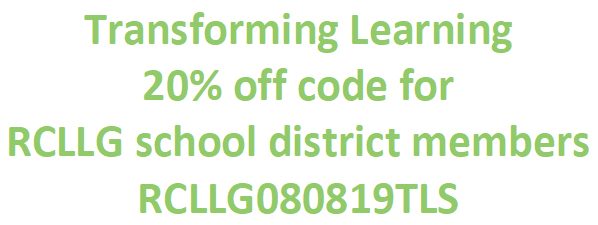By Hallmentum
All work and no play makes Jack a dull boy. Use these tips to develop a healthier work-life balance.
How do you balance your work and home lives? In an IT organization, many leaders may need to respond around the clock to an urgent work crisis. When we’re not responding to work, however, we need to be able to switch out of “office” mode when we go home or we risk burnout.
It’s possible to learn how to “unplug.” Doing so requires practicing new behaviors until the new routine becomes a new habit. Developing these new habits is an important part of work-life balance.
You may find the biggest obstacle to learning work-life balance is avoiding the feeling that you should be “doing something” when you are out of the office. Recognize these thoughts as unhealthy work-life balance and you’ll finally be able to unplug. Yet this is a common feeling among IT leaders who rose through the “ranks” of the IT organization. Throughout their career as IT engineers, their self-perceived value in IT came from technical accomplishments.
As an example: in Pre-Pandemic times, my wife and I visited friends at their lakeside cabin. I always had “one more thing” to work on, so I brought my laptop with me for the vacation. On the first day, I turned it on and tried to write a document. After five minutes of staring at an empty page, I realized working on my vacation was unproductive. If I spent the weekend trying to “get something done,” then I was wasting this rare opportunity to relax. The laptop stayed turned off the rest of the weekend.
As a result, I was able to “unplug” throughout my vacation. When I returned to the office, I was able to focus on topics more effectively. I quickly got caught up on projects, including the document I attempted to write during my time off. It was a powerful reminder of the importance of maintaining a work-life balance.
Unplug and relax
If we take the opportunity to unplug from our work routine, to completely relax, we can return to work refreshed and ready to tackle the big issues. There are many ways to provide work-life balance. Here is how I manage it:
I try something new every month.
That may seem like a simple statement, but it helped to shift my focus away from work when I went home. My wife loved the idea. Most activities were things for us to do as a couple, so it became a special way for us to spend time together. Examples of the new things we experienced as part of the work-life experiment:
- Attended a ballet
- Visited a science fiction convention
- Attended a play
- Tried a new restaurant
- Read a book from a different genre
- Attended a musical
The idea is to leave your comfort zone and to experience new things. Not everything needs to be big; experimenting with a new restaurant may be enough, if it pushes you out of your usual habits. It’s not always easy to try something new every month, but you may find that you really enjoy some of the things you try.
Don’t forget the vacation
Vacations are important. I encourage everyone to use their vacation wisely. Don’t try to save up your vacation. Use it! Vacation is an important part of becoming more productive. Without the mental relaxation vacation provides, you become unable to “unplug” from work when you go home.
When you do take vacation, remember to separate your work life from your home life. Unplug the electronics. Turn off your mobile phone. Allow yourself to relax and recharge.
While time off is important, coordinating with co-workers is also important. Plan ahead for your vacation. Discuss your vacation plans in advance with your teammates and your manager, so everyone knows when you will be gone, and for how long. It’s very disruptive to everyone if you don’t plan ahead, and you suddenly take a day’s vacation because you would lose vacation time if you didn’t.
Take a moment this week to look at your vacation balance and plan a well-earned break.













